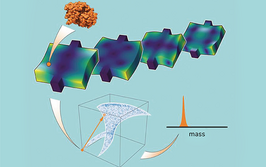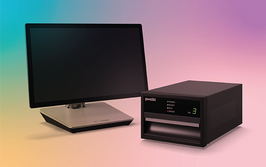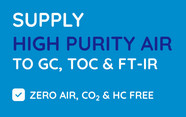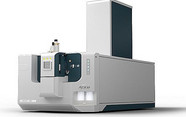Two birds with one stone: doing metabolomics with your proteomics kit

contributed by Thermo Fisher Scientific |
Abstract
Proteomic research facilities and laboratories are facing increasing demands for the integration of biological data from multiple '-OMICS' approaches. The aim to fully understand biological processes requires the integrated study of genomes, proteomes and metabolomes. While genomic and proteomic workflows are different, the study of the metabolome overlaps significantly with the latter, both in instrumentation and methodology. However, chemical diversity complicates an easy and direct access to the metabolome by mass spectrometry (MS). In this talk I would like to give an introduction into metabolomics workflows from the viewpoint of proteomic researchers. I compare basic physicochemical properties of proteins and peptides with metabolites/small molecules to establish principle differences between these analyte classes based on human data. The implications this may have on sample preparation, separation, ionisation, detection and data analysis are discussed to explore if a typical proteomic workflow (nLC-MS) can be exploited for the detection of a number of aliphatic and aromatic metabolites, including fatty acids, lipids, prostaglandins, di/tripeptides, steroids and vitamins, thereby providing a possible (straightforward?) entry point for metabolomics-based studies. Limitations and requirements are discussed as well as extensions to the LC-MS workflow to expand the range of detectable molecular classes without investing in dedicated instrumentation such as GC-MS, CE-MS or NMR.
Log in or register to read this article in full and gain access to The Analytical Scientist’s entire content archive. It’s FREE!

















